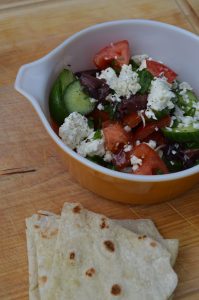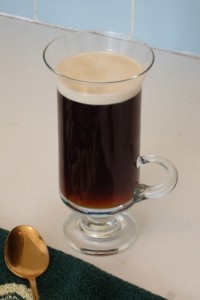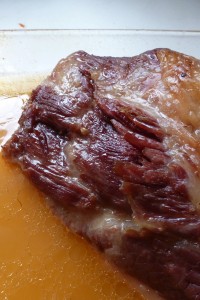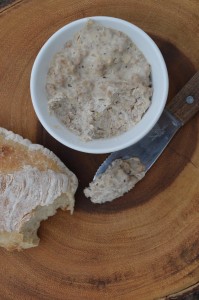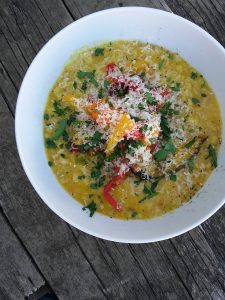Ouzo is a strong, clear, anise-flavoured spirit made in Greece. The taste may remind you of liquorice candy, or other anise spirits like sambuca, pastis, and Pernod. The term is a protected regional designation within the EU, meaning that if it’s not made in Greece, it can’t be called ouzo. It is usually about 40% ABV.
Ouzo is made by infusing a relatively neutral spirit with anise and other botanicals. The neutral spirit is a grape pommace distillate, just like Italian grappa or French marc. In most of Greece this grape pommace distillate is called tsipouro, though the Turkish word raki is also common, especially on the islands of Crete and Cyprus. Tsipouro has been made for centuries, and over … Continue reading.
